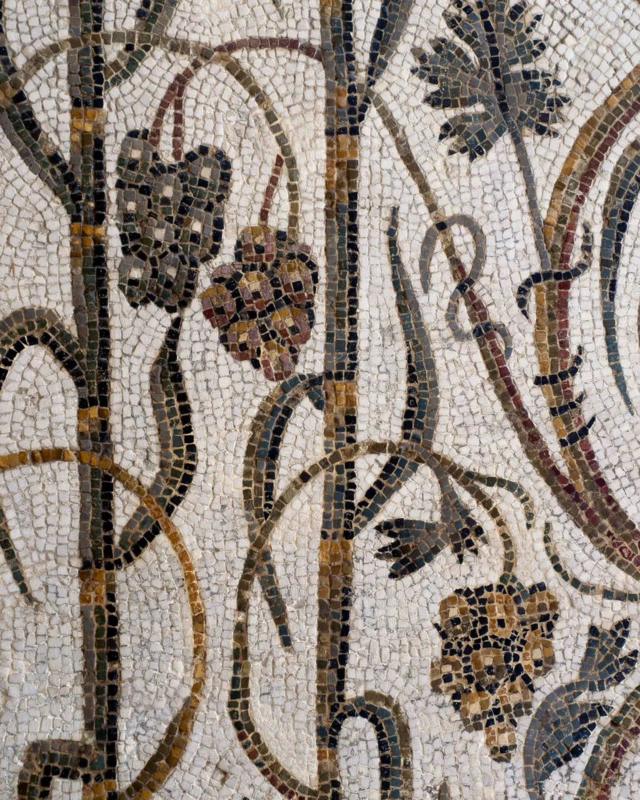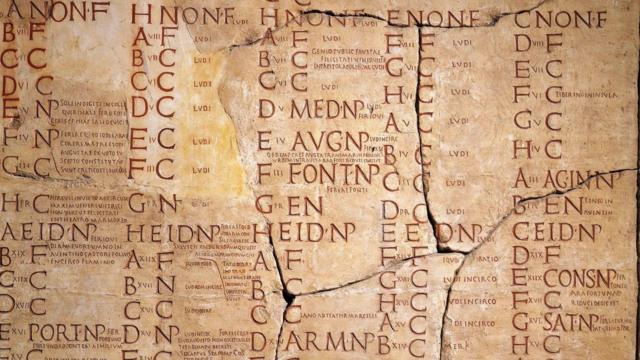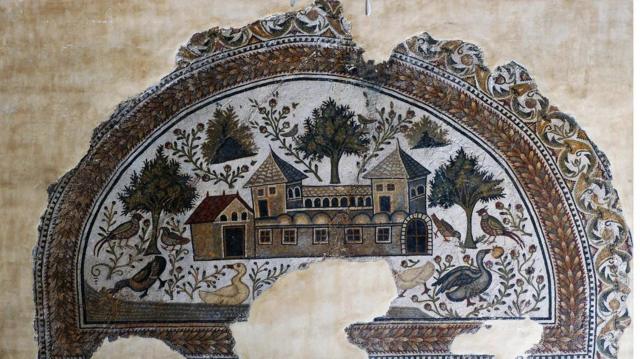Leap years have long had a bad reputation: trouble, illness, death and even earthquakes, floods and wars are expected from them. But what exactly is a leap year and where did it come from?
Like many things in life, the leap year came to us from ancient Rome.
From the middle of the 8th century BC. e. in Rome, they used a calendar that had 10 months, and the year lasted 304 days. In the 7th century BC e. ruler Numa Pompilius carried out a reform, adding two more months to the calendar, and the year "grew" to 355 days.
However, during the reign of Julius Caesar, the Roman calendar was chaotic.
The year had 355 days divided into 12 months tied to lunar cycles. However, the lunar year does not coincide with the solar year, so the Romans invented the thirteenth month of the year and called it Mercedonia - in honor of the patron goddess of trade and payments.
Mercedonius appeared in the calendar once every two years - according to modern calculations, after February 23.
It could have 22 or 23 days, so the length of the year varied from 355 to 378.
At some point it turned out that the calendar contains an error that leads to temporal distortion. Then the right to announce Mercedonia was transferred to the great priest-pontiff, who had to make corrections depending on the severity of the distortion.
However, priest-pontiffs began to use their right for political purposes, shortening the period of the reign of some consuls and increasing the term of office of others.
The supreme ruler of Rome, Julius Caesar, decided to correct the situation.
After dealing with this problem, he was horrified. Because of all these changes, the Roman calendar deviated from natural realities by more than two months. And such a difference harmed agriculture first of all, since the celebration of the harvest fell in the middle of spring, when the harvest itself was still far away.
Caesar invited Sosigenes of Alexandria, the most respected mathematician and astronomer of the 1st century BC, to Rome.
Sozigen proposed to take as a basis the Egyptian solar calendar, created several millennia before.
But before introducing the new calendar, it was necessary to eliminate the mistakes of the old one. All the days "lost" by the pontiffs were inserted between November and December. As a result, 46 BC. e. turned out to be the longest in the entire history of mankind - it consisted of 445 days, divided into 15 months.

PHOTO CREDIT: GETTY IMAGES Image caption Agricultural events and religious festivals were closely linked in the Roman era, but were difficult to track without a reliable calendar
From January 45 BC Rome began to live according to the new calendar.
Subsequently, it was borrowed by other countries of the Western world. The "Julian" calendar got its name after the death of Julius Caesar.
Why was the year called "leap"?
In the Julian calendar, the extra day in leap years was not placed at the end of February, as is done now, but between the 23rd and 24th. It was called bis sextum Kalendas Martium - "twice the sixth before the Kalends of March" (kalends are the first number of each month). And a year with a duration of 366 days was called annus bissextus.
At the same time, Caesar moved the beginning of the year to January 1.

PHOTO CREDIT: GETTY IMAGES Image caption Roman holidays and other important dates were subject to the whims of the calendar, which changed from year to year in unpredictable ways
Other calendar reforms
Time passed, and it became more and more obvious that an error crept into the calculations - the Roman priests declared a leap year not every fourth, but every third year.
Emperor Octavian Augustus corrected the situation.
In gratitude for this, the Roman Senate in VIII year BC. e. renamed the month Sextilis to Augustus (August). And the month itself received the 31st day, which was taken from the end of February. In this way, February was shortened and began to last 28 days in a regular year and 29 in a leap year.

PHOTO CREDIT: GETTY IMAGES image captionEven a small difference between the calendar and the movement of the Earth around the Sun leads to discrepancies
In 1582, Pope Gregory XIII joined the calendar reform. He created a special commission, which included not only clergymen, but also astronomers.
In the same year, Gregory XIII announced the creation of a new calendar, which we now know as the Gregorian calendar. It contained several significant changes. First, the number of days was moved forward by 10 days: after October 4, the 15th came immediately. Since the Catholic Church only adopted the Julian calendar in 325 AD, a difference of 10 days crept up over 12 and a half centuries. Therefore, by the end of the 16th century, the vernal equinox "slipped" from March 21 to the 11th. The decision of Gregory XIII allowed to return it to March 21 already in 1583.
As in the Julian calendar, leap years in the Gregorian calendar are years whose ordinal numbers are fully divisible by 4 (for example, 2024). But, in addition to this, he established a new rule: from now on, a year whose serial number is divisible by 100, but not divisible by 400, is not considered a leap year.
For example, 1600 and 2000 are leap years, and 1700, 1800, 1900 and 2100 are not.
The habit of doubling in a leap year on February 24, as it was done in ancient Rome, gradually disappeared. Instead, once every four years, a new date began to appear in the calendars — February 29.
The Gregorian calendar has become widespread and synchronized internationally, but unfortunately, it is not perfect either.

